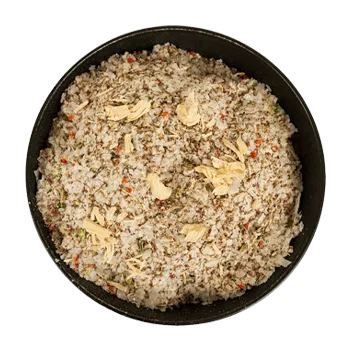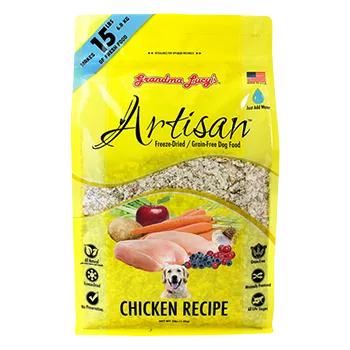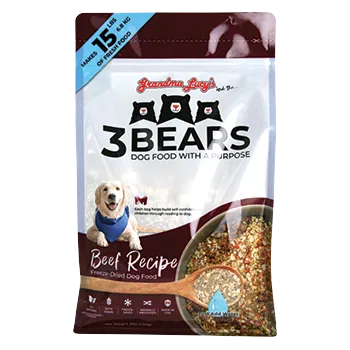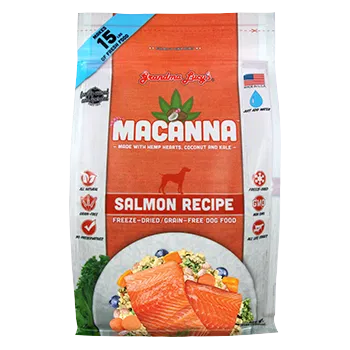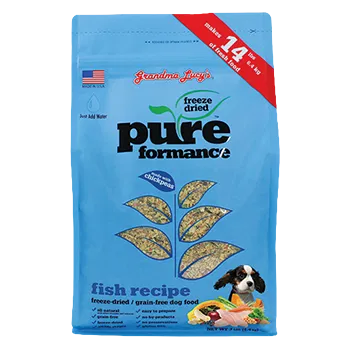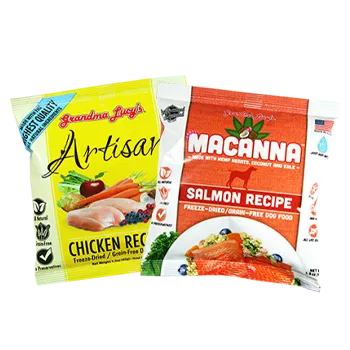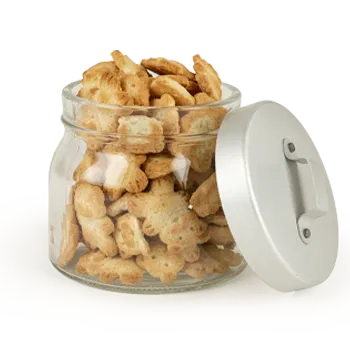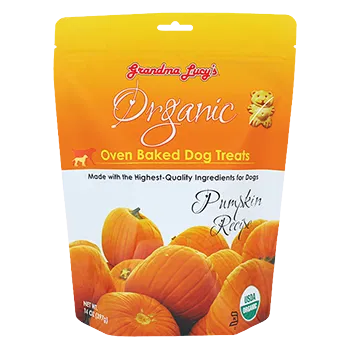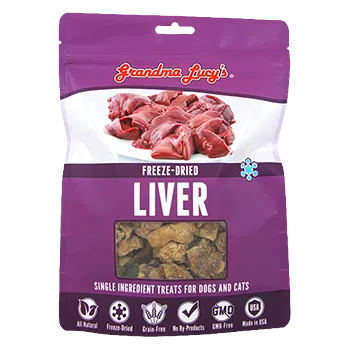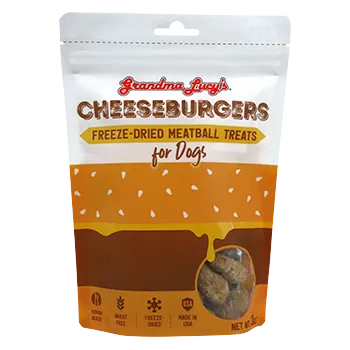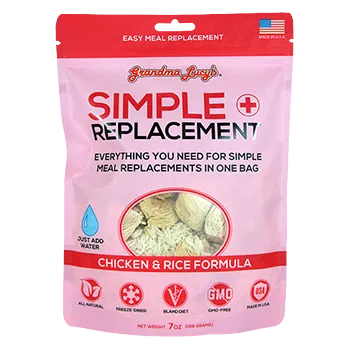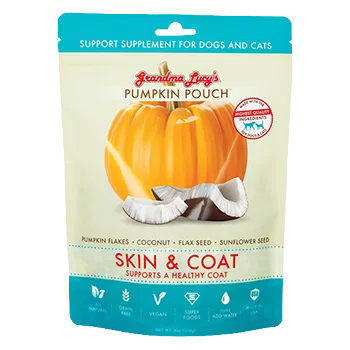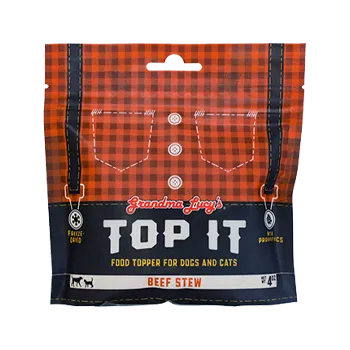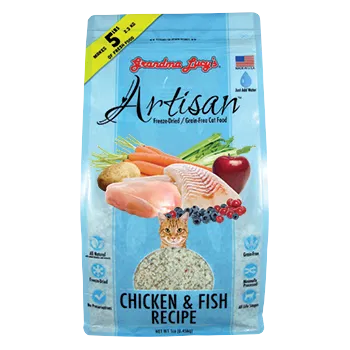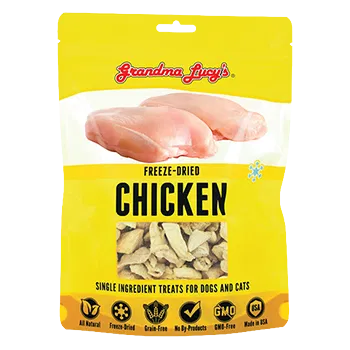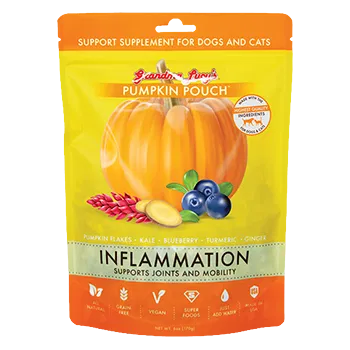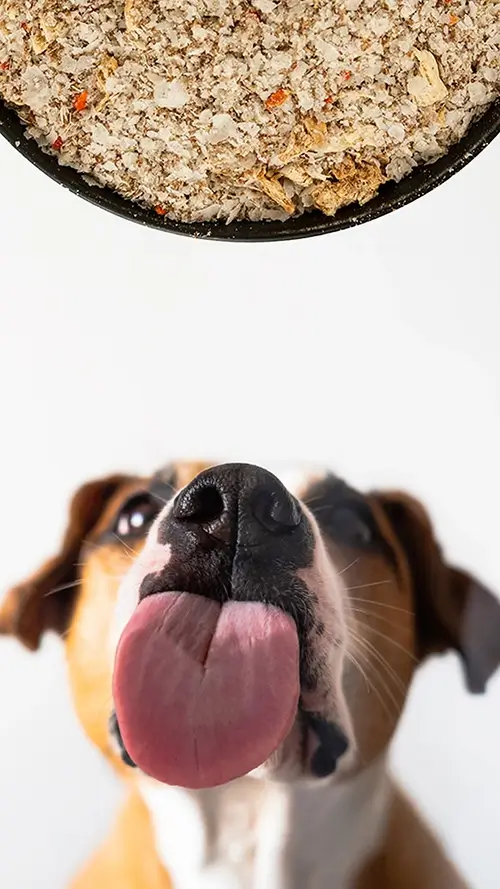When you last visited your local pet store, you may have noticed the variety of pet foods that line the "home prepared" section. Within this grouping, freeze-dried and dehydrated are two of the most prominent categories. Too often they are mistaken as the same; however, there are key differences that set them apart.
In essence both processes extract moisture from the original foods, but when it comes to nutrition, texture, and rehydration, one clearly bests the other.
The Processes
Dehydration:
The history of food preservation by dehydration extends thousands of years, and can be dated back to ancient civilizations such as the Middle East circa 12,000 B.C. In earlier days, fruits, vegetables, and meats were dried using methods such as burying it in hot sand, using smoke and warmth of a fire, or air-drying at full sun.[1] All these methods shared one thing in common with modern day dehydration – the use of heat.
Modern day dehydration is achieved by the circulation of hot and dry air across the food to remove the water. The moisture in the air is then removed to further dry the food.
Freeze-Drying:
The freeze-drying process has an origin that can be traced back to 15th century Incan civilizations. Crops were stored at the high altitudes of Machu Picchu, where the cold temperatures froze the food and the water vaporized due to the low air pressure. Modern day freeze-drying is still relatively new as it was developed during WWII.[2]
The process requires food to be placed inside a vacuum chamber that lowers the temperature until it is below freezing and then moisture is drawn out by slowly raising the temperature. The water originally found in the food moves to a gaseous state from a solid to void the food of most moisture.
Moisture Content:
Dehydration removes approximately 90-95 percent of moisture, while freeze-drying removes about 98-99 percent.[3]
Rehydration:
Freeze-dried pet food will rehydrate within 2-3 minutes while dehydrated pet food can often take 5-10 minutes or need to be left soaking for a few hours depending on the size of the food chunks.
Texture, Flavor, and Aroma:
When food is freeze-dried, the process is gentle and the enzymes are locked in without disrupting the texture, taste, or smell of the ingredient. This particular process greatly reduces the weight of the product and makes it convenient for storing and travel.
The look and feel of a freeze-dried product to a dehydrated is noticeable to the naked eye. Dehydrated foods tend to be a little darker, denser, and can sometimes appear leathery. In order to create a faster rehydration time for dehydrated food, they are often powdered or made granular, whereas freeze-dried foods can be kept in chunkier states.
Another key difference is that dehydration can break down vital vitamins and minerals due to the processes being a little more invasive.[2] The freeze-drying process will keep all the valuable nutrients intact ready to be rehydrated when needed.
Choosing a dog food alternative to kibble for your pup's diet can be daunting with all the choices available on the market. Knowing key differences between the many choices will help you make an informed decision. Local pet stores have knowledgeable employees that can direct you through the sea that is pet food!
[1] Summer, Brian A. “Historical Origins of Food Preservation.” National Center for Home Food Preservation | NCHFP Publications, May 2002, nchfp.uga.edu/publications/nchfp/factsheets/food_pres_hist.html.
[2] Lexi at Ready Store. “Freeze-Dried Food vs Dehydrated.” The Ready Store, 9 June 2015, www.thereadystore.com/food-storage/8376/dehydrated-vs-freeze-dried-food/.
[3] Emergency Essentials. “5 Differences Between Dehydrated and Freeze-Dried Food.” Emergency Essentials Blog, 2 Aug. 2016, beprepared.com/blog/20659/5-differences-dehydrated-freeze-dried-food/.

